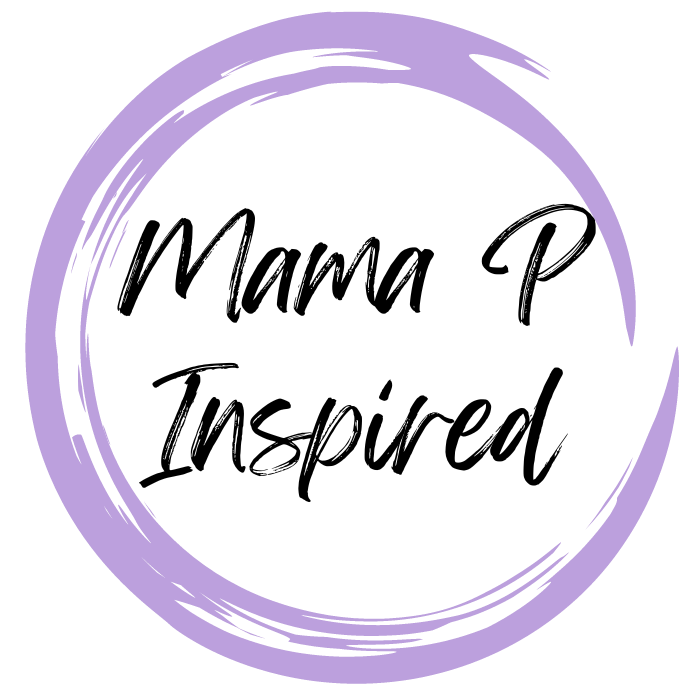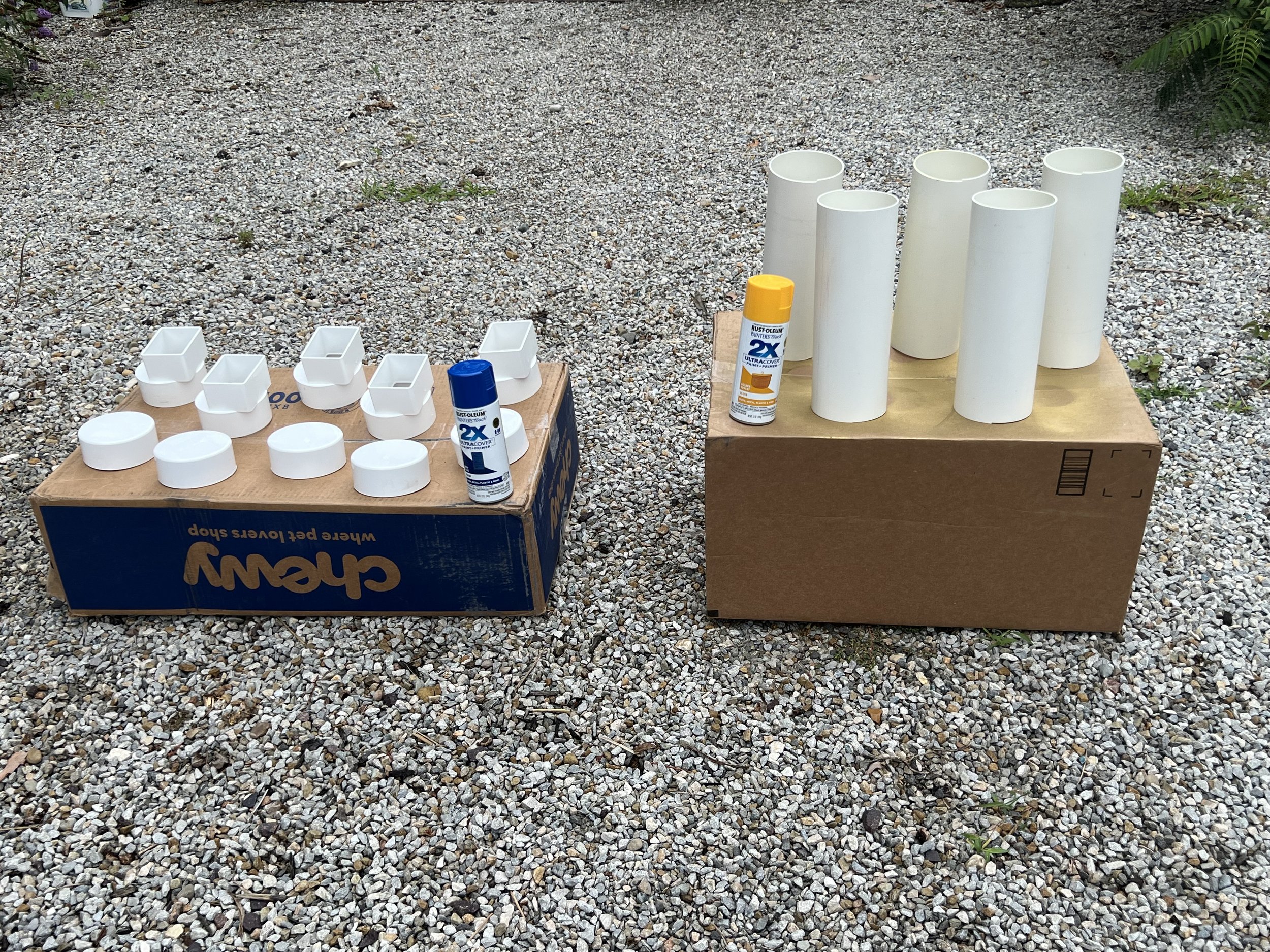Helping Out Our Pollinators With Honeybee Pollen Feeders
“If the bee disappears from the surface of the earth, man would have no more than four years to live.”
~Albert Einstein
Honeybees are important to ALL life. They tirelessly work from the moment they struggle to emerge from their cell in the hive until the time they die. They don’t stop ~ EVER! They spend their lives in different roles within the hive. They start out as bee nurses taking care of the young, become architects to build honeycomb, tend to the needs of the colony “house” as housecleaners, serve as guards for the colony as they take their post at the entrance of the hive to defend it from robbers, some tend to the queen bee keeping her fed and groomed so she can continue laying eggs, scout bees go out and look for food and water supplies as well as searching for a new home for the colony if needed, and then there are the foragers. The role as a forager is the last one for the little honeybee as she will LITERALLY work herself to death taking care of the colony.
Honeybees need both pollen and nectar to survive, in addition to water. They collect pollen because they need PROTEIN to go along with plant nectar which is mainly CARBOHYDRATES. Without enough protein, the colony is not able to raise new baby bees.
Honeybees serving in the roll of foragers for the colony collect pollen all season long. The number of pollen foragers is determined by the needs of the colony. If needed, more bees will be assigned the task of COLLECTING the protein rich pollen. The bees mix dry pollen they collect with saliva and convert it into what is known as “bee bread” before storing it in the hive. When it is in this form it will stay fresh for months without spoiling.
They will FORAGE for water at almost any source they can find close to their colony ~ ponds, bird bath, dog bowl, stream, literally anywhere they can find it. Some beekeepers assist with this by placing small decorative rocks or sticks in bowls or bird baths so that the bees have a place to land while they drink. If they don’t have a place to land they may drown trying to get water. WATER is very important as it not only provides hydration, but may also provide essential minerals.
Honey bees COLLECT nectar and pollen from particular flowers in nature. Nectar gets converted into HONEY which is the primary energy source of carbohydrates for the bees so they can fly, build honeycomb, and keep the hive alive. It is important that beekeepers make sure there is enough honey stores in the hive going into the winter months so that the bees do not starve. That means that not all of the honey in a hive will be harvested to sell. Some beekeepers choose to AID the honeybees with their honey stores by providing additional sugar water for them to consume during times when nectar from flowers is in short supply. This not only provides carbohydrates, but also water.
It is also a common practice for beekeepers to offer the honeybees protein in the form of pollen SUBSTITUTES. Providing dry pollen to the bees gives their colony a boost during times of the year when it is in short supply in nature.
When the honeybees NEED the pollen supplement they will find it and send a message back to their hive buddies to come join them. It doesn’t take long for word to get out. I love watching the honeybees come and go from the feeders. Some will go all the way to the back of the feeder while others stay near the entrance. Sometimes they will even ROLL in the pollen and come out covered in it. Then they make their way back to the hive with the pollen.
It is important to remember that bees PREFER getting their pollen and nectar supplies from nature. If it seems that nobody is visiting the feeders, that is a good sign that there is plenty of pollen and nectar for them to collect in nature so they don’t need the supplements. The feeders are just there to SUPPORT them during times of protein and carbohydrate scarcity in an effort to keep the honeybees active. It is not intended to replace natural pollen or nectar, but rather just to act as a substitute when it is needed.
Pollen substitute needs to be placed in a container that can serve as a FEEDER for the honeybees. The feeder needs to be placed in a location that the bees can access easily and must also be protected from the rain so that the pollen stays in a dry form for the honeybees to collect.
If you enjoy a good project, you can help the little honeybees out by making a pollen feeder. NO HONEYBEES ARE REQUIRED. You can still HELP the pollinators! All supplies for it can be found at a home improvement store.
The PVC pollen feeder I made is EASY to make and fairly inexpensive. PVC typically comes in 10 foot lengths, so you can either find someone to share costs with or make multiple feeders.
If you decide to paint your pollen feeder, consider yellow, blue, or both. Honeybees do not see COLORS the same way humans do, in fact there are some colors we can see that they can’t and colors they can see (ultraviolet) that we can’t. However, knowing that honeybees are ATTRACTED to certain flower colors, such as yellow and blue, I chose to paint my pollen feeders colors I knew they can easily perceive.
** To create an entrance for the bees and still keep most of the food inside the pipe, use a Drain Downspout Adapter. It will fit the 4″ pipe and have a square opening for the bees.
PVC Pollen Feeder
SUPPLIES
1 piece 12″ length of 4″ diameter PVC pipe
1 4” PVC End Cap
1 4” PVC Drain Downspout Adapter
Spray paint in desired colors (optional)
dry pollen substitute, such as Ultra Bee High Protein Pollen Substitute Dry Feed
INSTRUCTIONS
Cut the PVC to length (if you want to make multiple feeders, cut all lengths you will need for the project). A hacksaw should be sufficient to cut the PVC. Don’t worry if the edges aren’t cut straight, the fittings will cover any uneven edges.
If painting the feeder, do so before assembling. Apply 2 coats of spray paint. Allow to dry completely before assembling.
Attach the drain downspout adapter to one end of the PVC pipe and the end cap to the other end.
Choose a location to hang your pollen feeder before filling it with pollen. Attach the feeder to a pole, tree, fence, somewhere that is a 4-5 feet off of the ground so it won’t be robbed by critters. You can use wire, rope, or bungie cords to attach the feeder where you want it. Once it is in place, take off one end of the feeder and add some pollen substitute. Don’t fill it too full, the bees need to have room to move around in the tube.
If desired, use a light coat of PVC cement to glue on either the opening or the end cap. I did not glue mine on as they are already a tight fit and I can take off either end to fill up the feeders with pollen substitute.
If you have any questions or need some ADVICE on making a pollen feeder, just let me know.
Doing your part to help our pollinators is a BEAUTIFUL thing!









